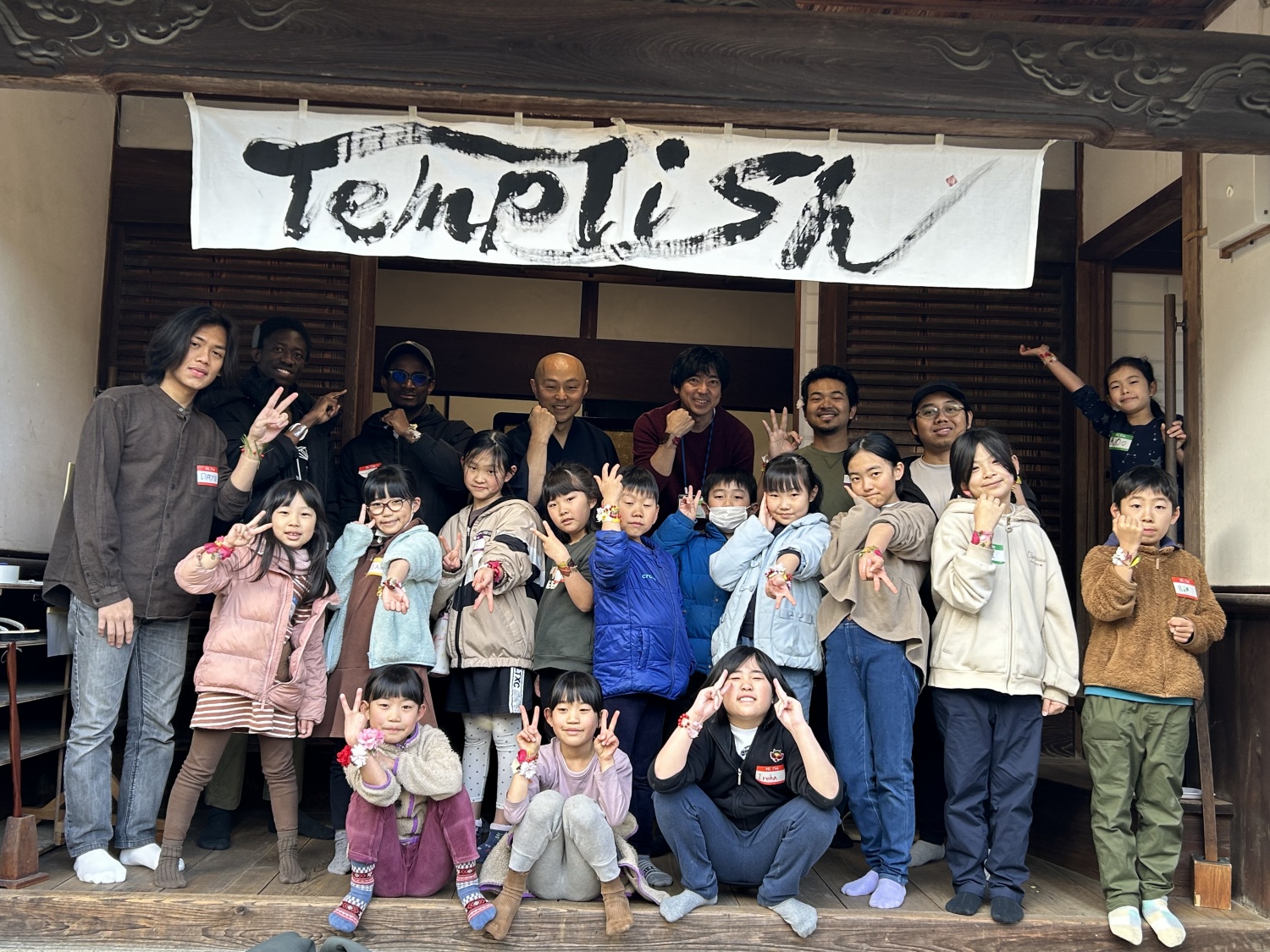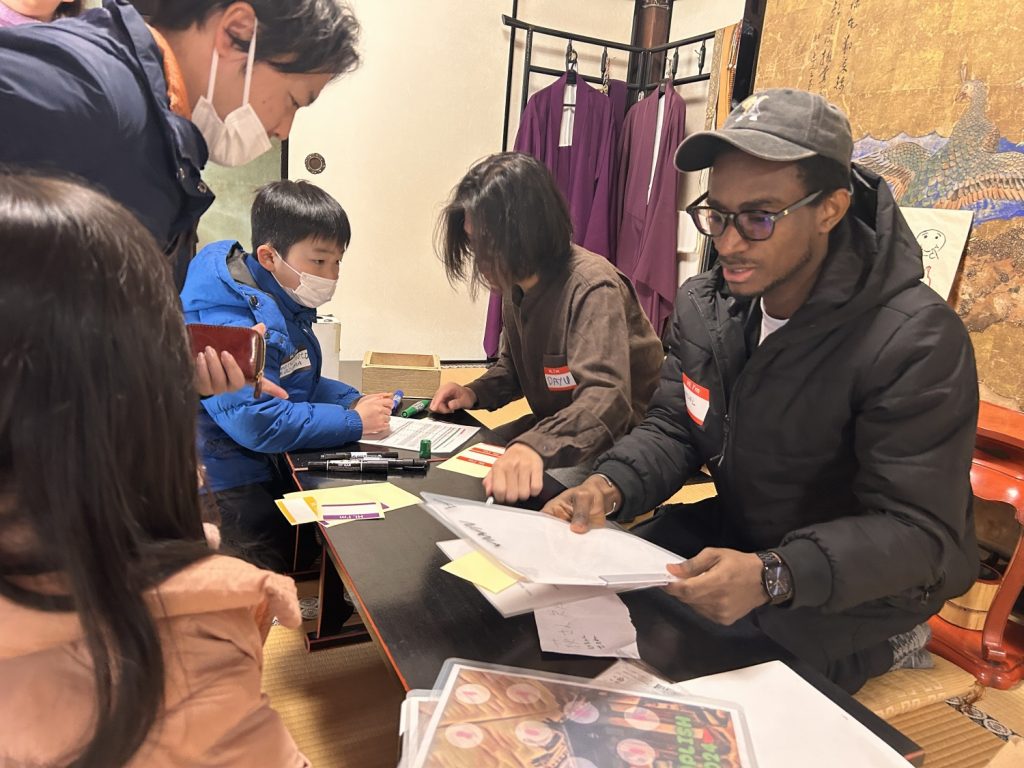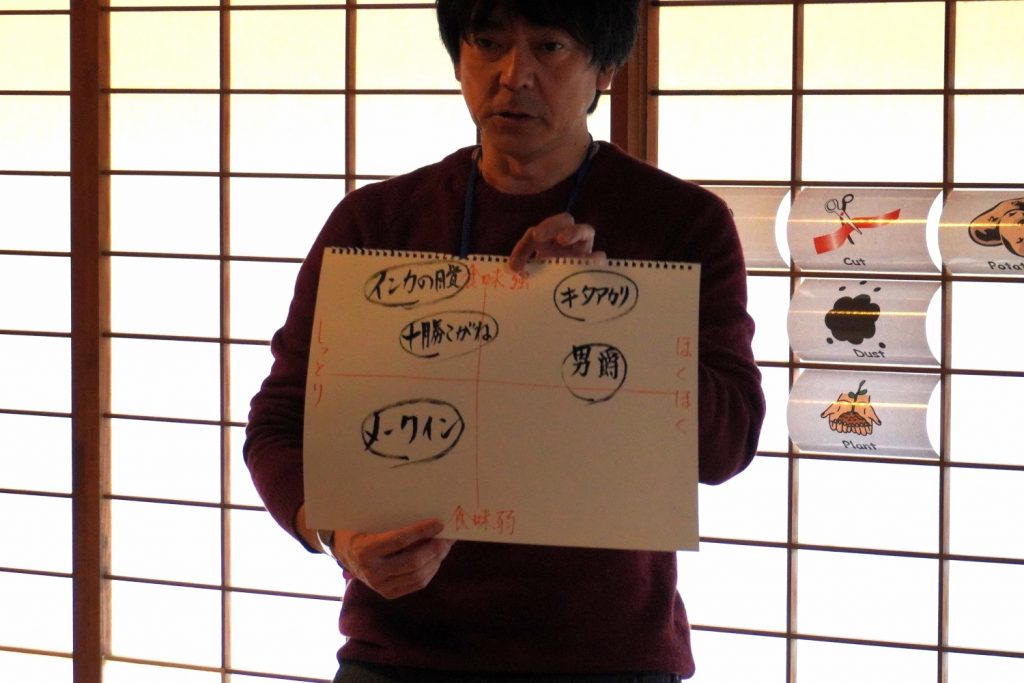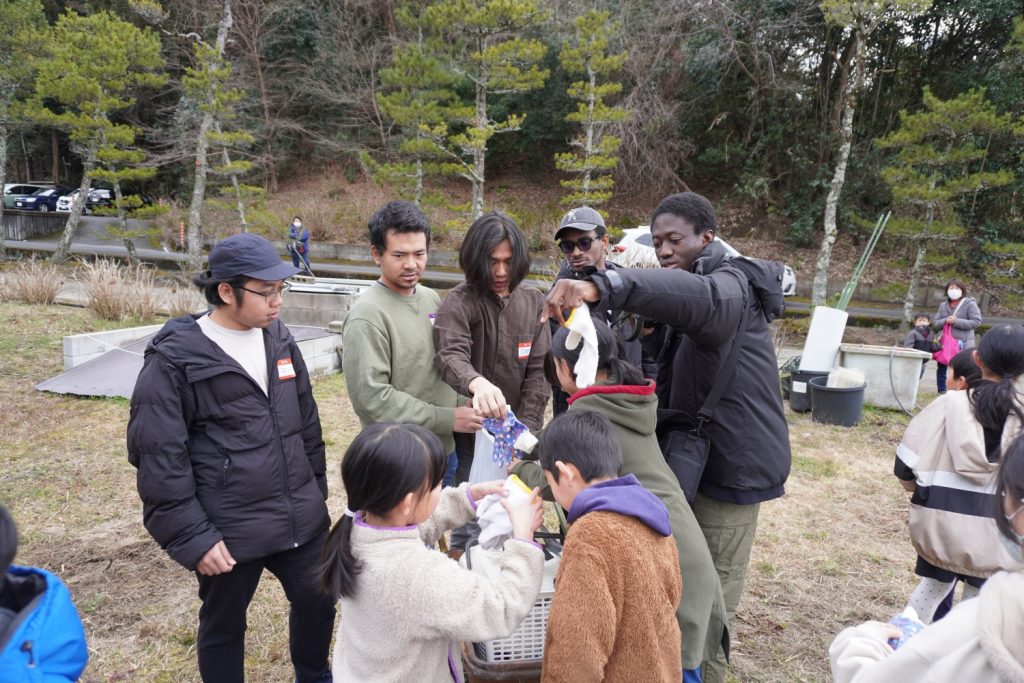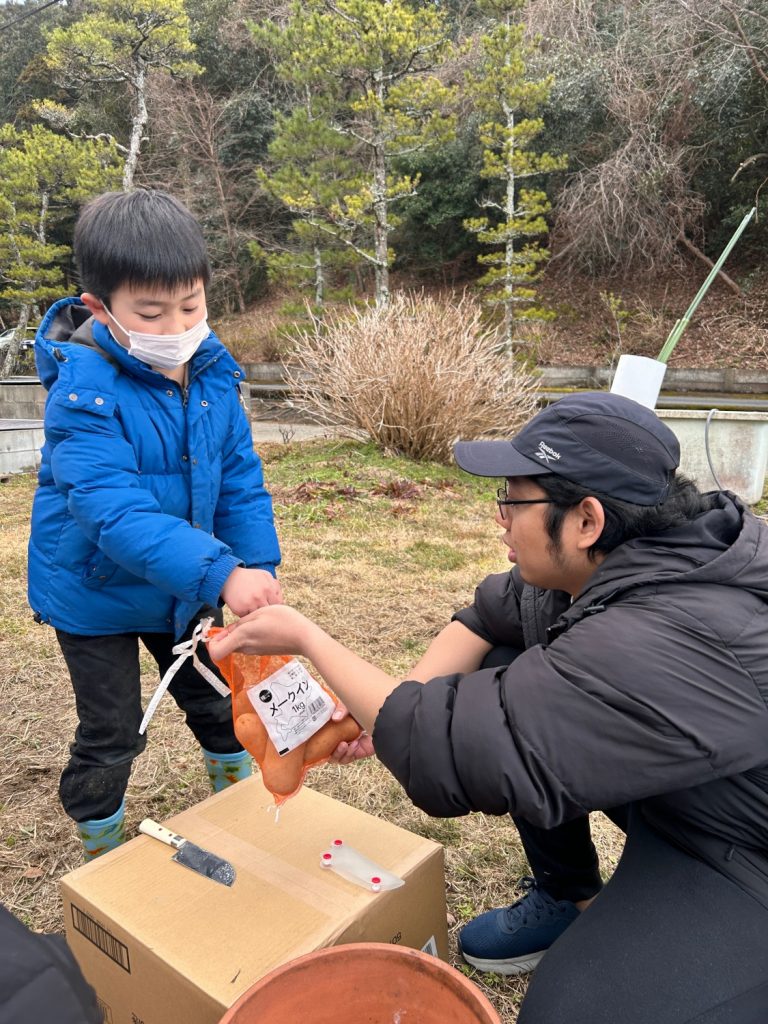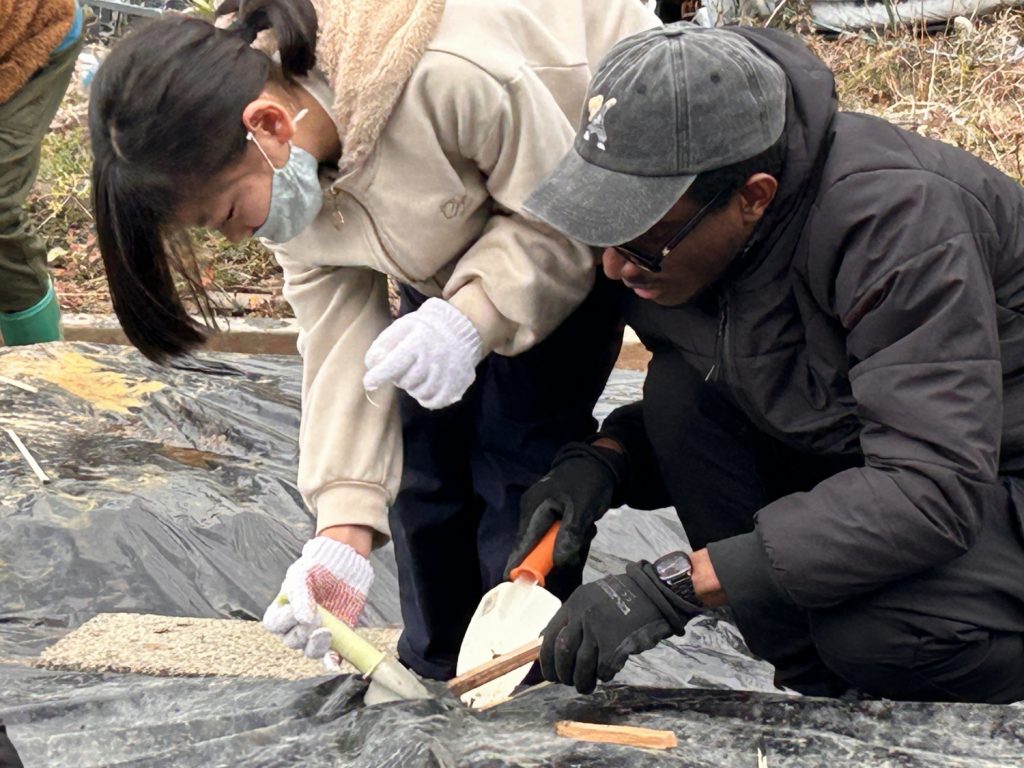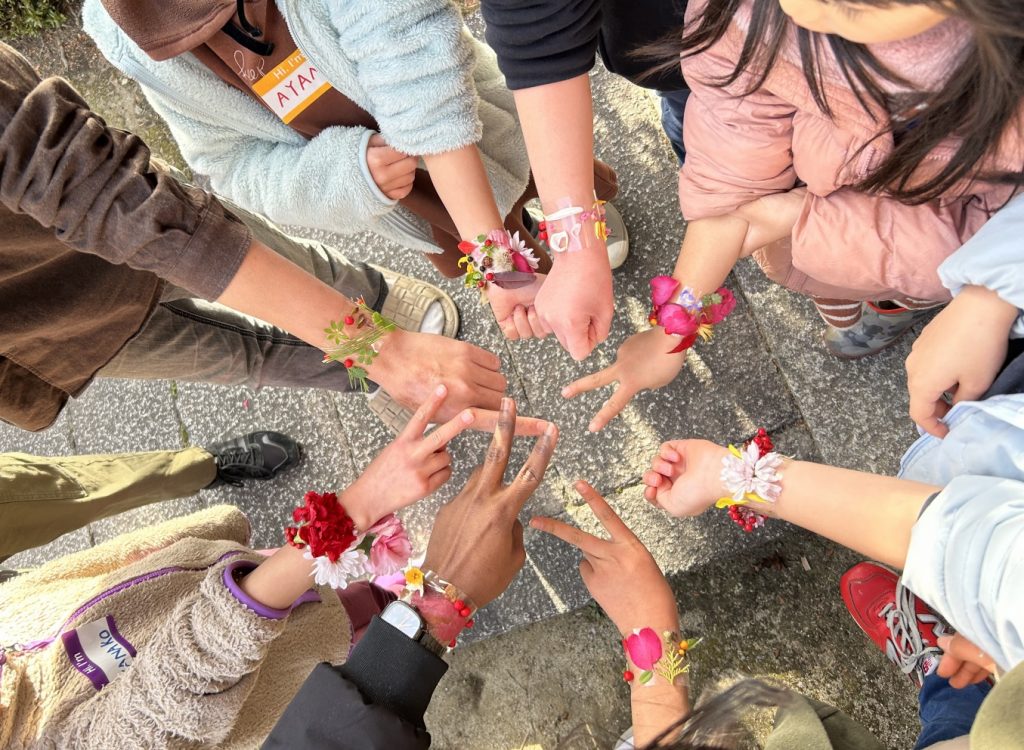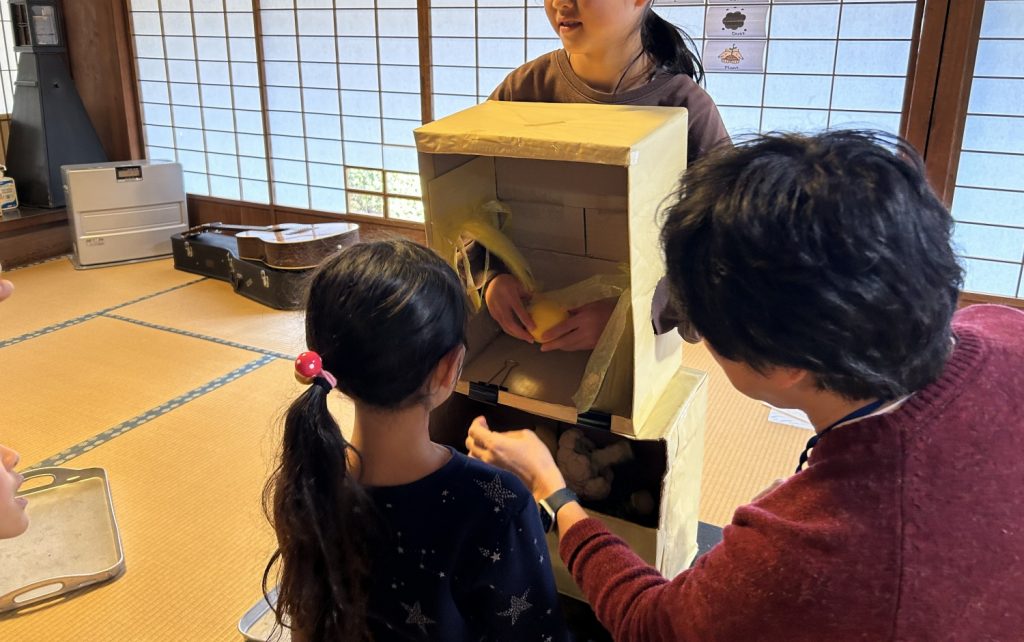Introduction

At the heart of NAIST, the Global Students Network (GSK) stands out for its fervent commitment to enhancing student life through a multitude of social and educational activities. Among these initiatives, the “Recycling Market” serves as a cornerstone, perfectly illustrating GSK’s commitment to a more sustainable and inclusive campus.
The GSK: A Support Platform for All
Founded with the vision of assisting and enriching the student experience, the GSK provides a welcoming and interactive environment that is essential for both international and local students. By orchestrating events such as Halloween parties and sports days, the GSK not only promotes social integration but also strengthens the multicultural fabric of NAIST.
The “Recycling Market”: A Flagship Event
Held each semester, the “Recycling Market” showcases GSK’s commitment to environmental guardianship. During this event, items donated by graduating students are redistributed to newcomers, thus facilitating their transition while promoting recycling practices. This event not only provides essential goods at a reduced cost; it also embodies a practical lesson in sustainability.
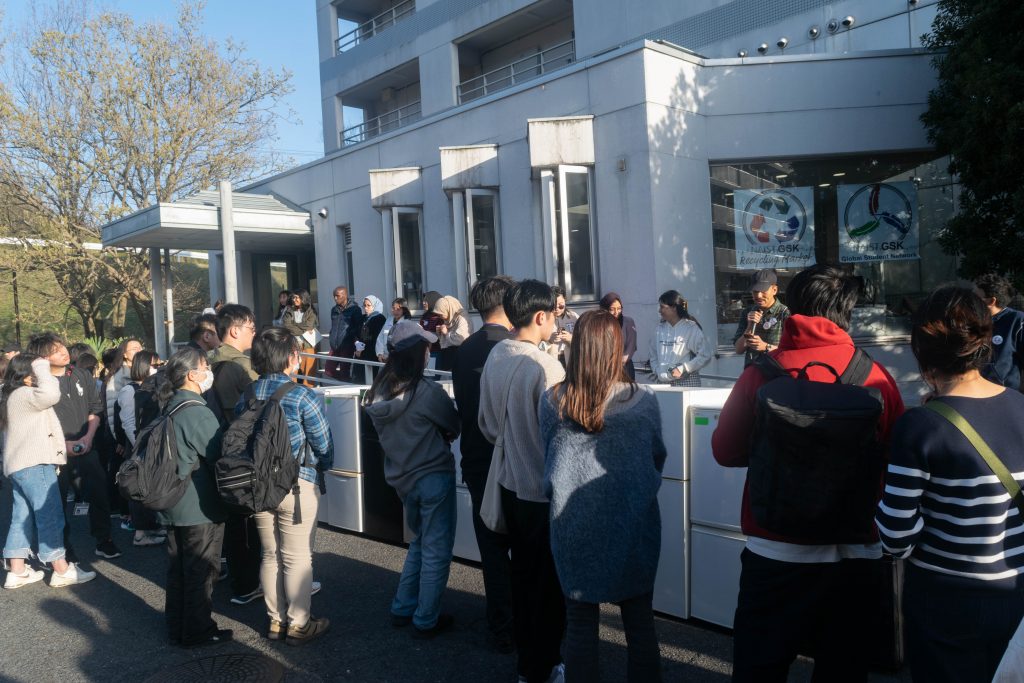
Impact and Scope of GSK Events
Each event organized by the GSK offers a learning and sharing opportunity. For example, the Halloween party is not just a festive celebration; it is also a creative contest where students express their creative sides while cultivating a sense of community. Similarly, the “Sports Day” brings the NAIST community together through sports, promoting physical health and well-being.
Community Participation and Engagement
Participating in GSK activities is straightforward. Students are invited to register through online forms, ensuring a spot at events that are often limited in attendance. Not only that, the GSK also often offers on the spot registration for those who missed the opportunity on the early bird registration. These initiatives are not only recreational moments but also times for personal and collective development.
Conclusion
The Global Students Network (GSK) is more than just an event organizer; it is a pillar of student life at NAIST. By promoting engagement, sustainability, and integration, the GSK creates an environment where every student can find their place and contribute to campus life. Students are therefore encouraged to join the GSK, not only to benefit from its services but also to enrich the NAIST community.
Call to Action
For those looking to make a difference on their campus and beyond, joining the GSK is a step toward active engagement. Get informed, participate, and perhaps, take part in organizing events that shape life at NAIST. For more information, visit the GSK website or contact its members directly via social media or email.

